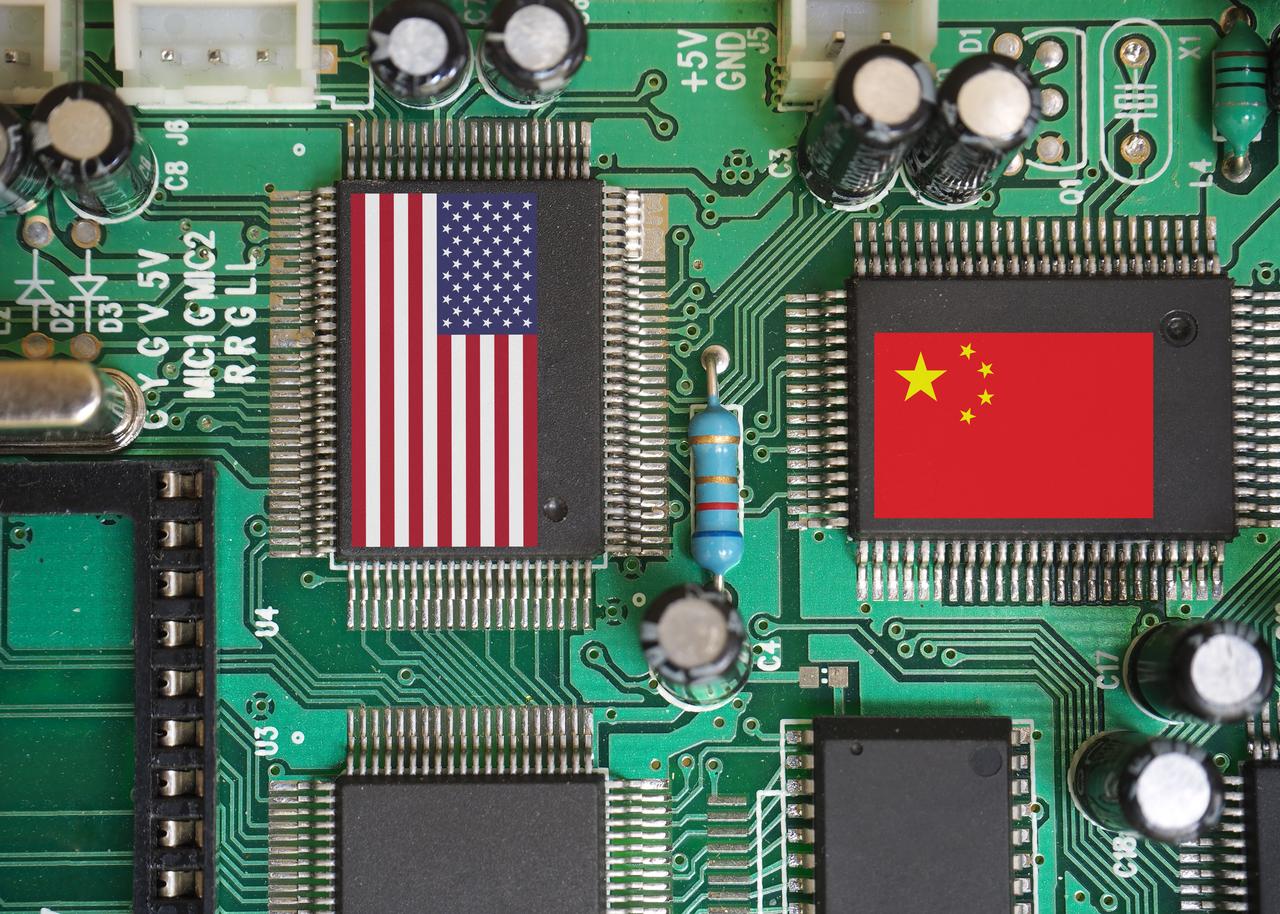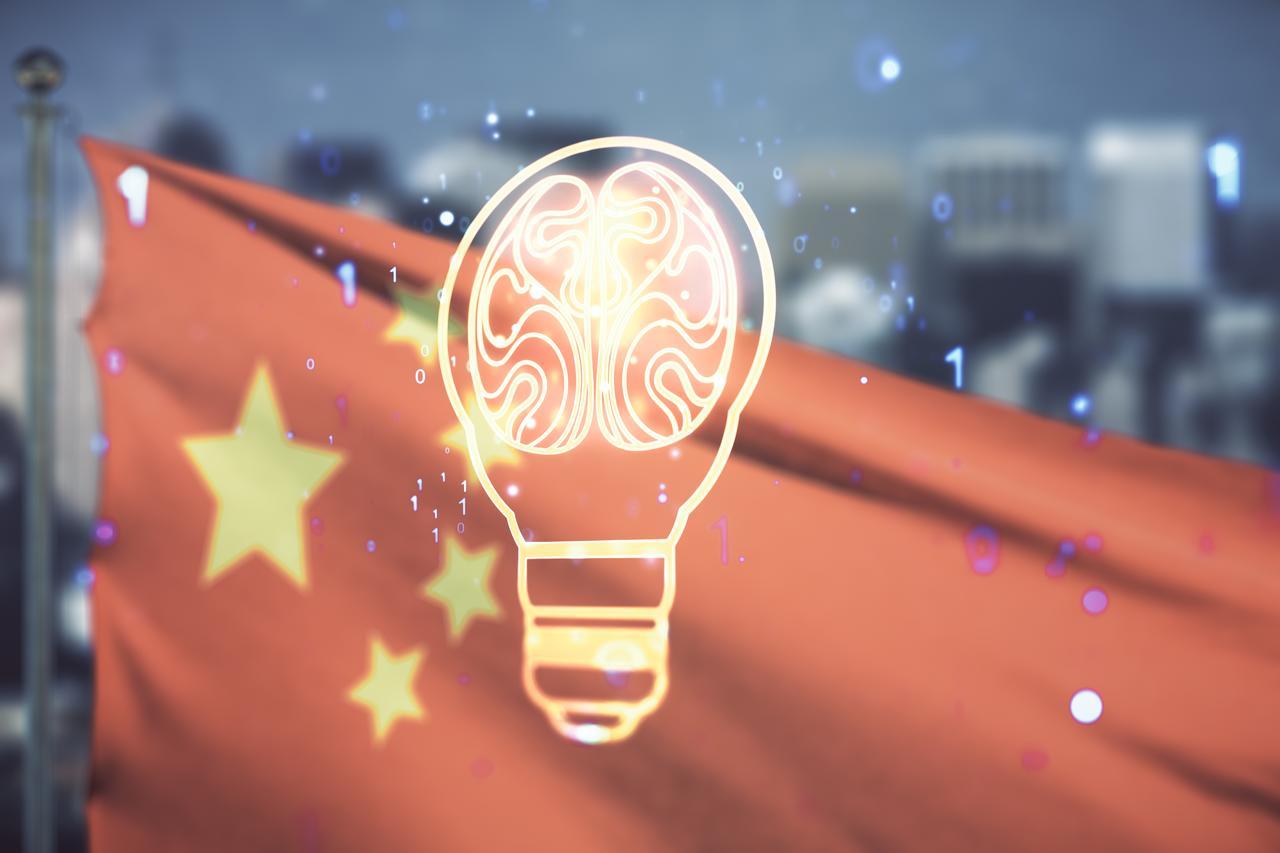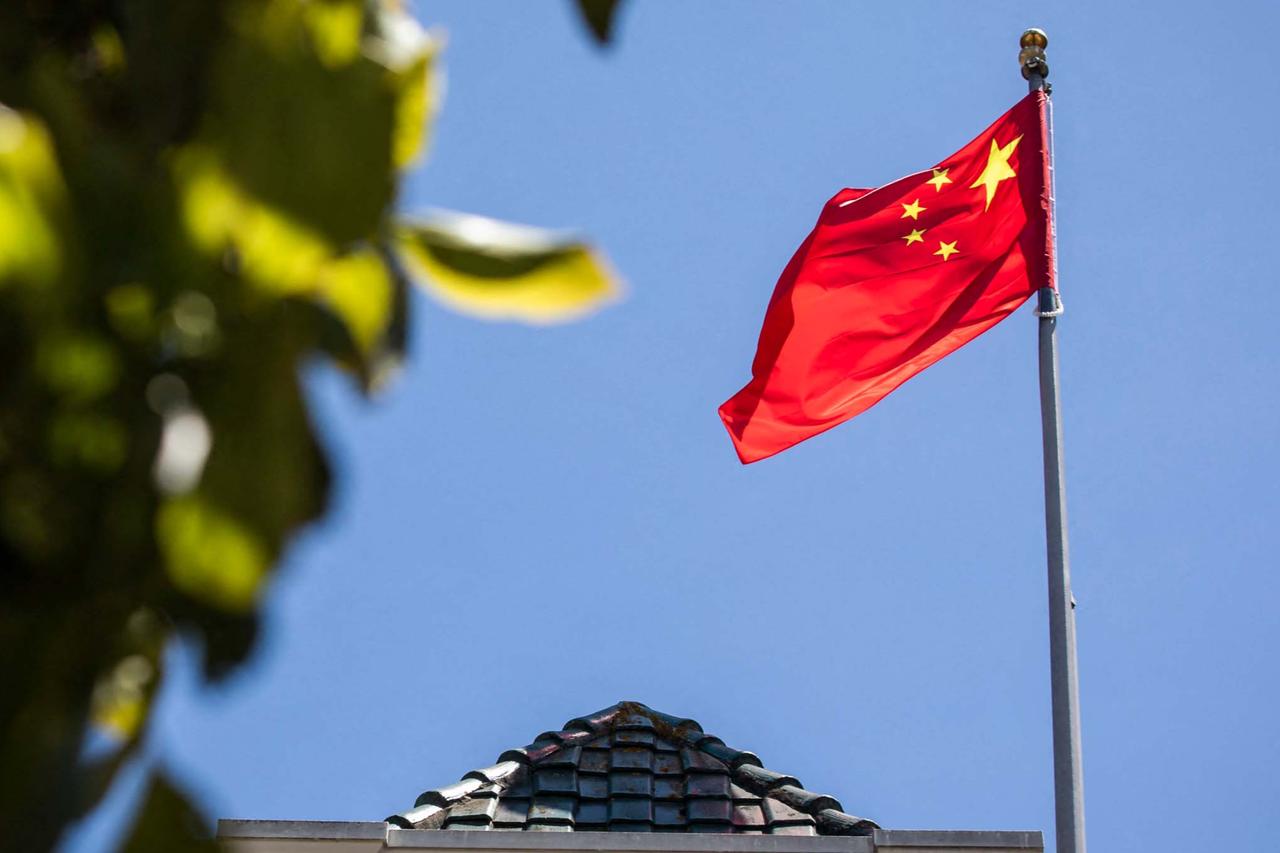
A quiet hospital room in Beijing became the site of an unprecedented technological milestone earlier this year.
Using only her thoughts, a woman with ALS, who was paralyzed, was able to generate digital speech through a chip implanted in her brain, an experimental device developed by Chinese researchers and transmitted wirelessly to a computer screen.
This trial was one of several breakthroughs made public by Chinese labs in recent months, revealing the country’s accelerating efforts in brain–computer interface (BCI) research.
Far from isolated experiments, these developments signal a strategic national drive to compete with the United States in shaping the future of neurotechnology.
The race between China and the U.S. is no longer hypothetical. It is unfolding now, with significant implications for science, power, and the global distribution of technological control.

The Beinao-1 chip is part of a growing network of Chinese innovations in BCI.
Luo Minmin, CIBR director and former University of Pennsylvania neuroscientist, told CNN that the March trial was the third successful semi-invasive human implantation of the chip.
Five patients have now received the wireless device, which translates brain signals into speech or movement commands.
Luo told CNN in May that CIBR had been “overwhelmed” by patient requests and now plans to implant 50 to 100 more chips over the next year. He added, “If it’s proven to be safe and effective … it can be used clinically across the world.”
Simultaneously, researchers at the Shanghai-based Center for Excellence in Brain Science and Intelligence Technology (CEBSIT) launched the country’s first fully invasive BCI trial in partnership with Fudan University’s Huashan Hospital.
After a March 25 implantation, a patient with tetraplegia was able to control racing games and chess software using only their thoughts.
This rapid progress makes China the second country after the U.S. to achieve human clinical trials of invasive BCI devices.

Behind these medical trials lies a deep reservoir of technical infrastructure.
In May, researchers at the Chinese Academy of Sciences introduced a robot named CyberSense that inserts hair-thin microelectrodes into brain tissue with millimeter precision.
The device functions like an automated neurosurgeon, capable of threading flexible electrodes into fragile brain regions, a task that is beyond the dexterity of human hands. As one researcher explained to Global Times, brain tissue is “as soft as tofu,” and implanting electrodes without robotic aid would cause unnecessary trauma.
CyberSense is already being used by institutions such as We-Linking and the Institute of Semiconductors, suggesting that China’s BCI progress is not confined to labs—it is moving toward real-world application at speed.

Brain tech is not a new field.
The United States began developing BCI systems in the 1970s and launched the $3 billion BRAIN Initiative in 2013 under the Obama administration, as reported by CNN. Neuralink, founded by Elon Musk in 2016, has since led U.S. efforts in invasive neurotech.
China’s entry into the field came later. It began research in the 1990s and formally elevated brain science to a national priority in its Five-Year Plan in 2016.
Since then, clinical programs have proliferated under a mix of municipal funding, military-adjacent labs, and strategic start-ups. In 2023, the state-backed CIBR launched NeuCyber NeuroTech, which built Beinao-1.
Chinese leader Xi Jinping now describes the technology sector as the “main battlefield” of international competition. In this landscape, brain tech is not just medical, it is symbolic of a broader reordering of global science.
The rivalry is not only technical but also institutional. U.S. innovation remains rooted in decentralized universities, private companies, and open collaboration. China’s model centers on state-led coordination, fast scaling, and controlled research pathways. Both models have produced results, but their goals and risks differ.

One of the clearest shifts in the last decade is the reversal of global scientific migration. Between 2010 and 2021, over 20,000 Chinese-born researchers left the United States, many citing racism, surveillance, visa restrictions, or unstable funding.
Scientists like neuroscientist Yan Ning and MIT engineer Gang Chen left prominent U.S. roles to lead major institutions in Shenzhen and Beijing. Asia Times has suggested that for many, China is no longer a fallback; it is a first choice.
The consequences are visible in academic metrics. In 2019, China overtook the U.S. in the share of the world’s top 10% most-cited scientific papers. That lead has only grown since, particularly in neuroscience, AI, chemistry, and environmental sciences.
This shift is quantified in a May 2025 report by Amundi Investment Institute, which notes that China now leads in international patent filings and high-impact publications. But the report also offers a caution: unless China can “balance its top-down, state-driven approach with the bottom-up forces of consumer demand,” its rise may stall.
As the United States tightens export controls and decouples from Chinese talent networks, Beijing has responded with long-term research programs, subsidies, and domestic incentives.
The era of open scientific exchange between the world’s two biggest economies is over and a new era of parallel innovation systems has begun.

China’s push in neurotech is part of a much wider acceleration across strategic sectors.
In 5G, China has built more than 4 million base stations and leads global coverage with over 1 billion subscribers, representing a 71% penetration rate. Huawei and ZTE continue to dominate in many countries despite US sanctions.
In semiconductors, China has overtaken the U.S. in patent filings for batteries, OLED, and DRAM memory.
Amundi’s 2025 study shows that Chinese patents in power semiconductors and quantum sources are growing rapidly, supported by aggressive state subsidies at every level of the supply chain, from chemicals to fabrication to consumer electronics.
Unlike previous decades, China is no longer trailing behind the US but is defining alternative paths to innovation.

While China’s speed is impressive, there are signs of internal strain.
The same state control that accelerates infrastructure and BCI trials can also suppress entrepreneurship and slow long-term growth.
The Amundi report warns that over-centralization and regulatory crackdowns, particularly on private tech firms, education platforms, and healthcare, have undermined China’s commercial innovation pipeline.
Cities like Shenzhen once thrived on local experimentation and open labor markets. But since the pandemic, local autonomy has shrunk. While China excels at “scaling champions,” its ability to generate grassroots innovation is now in question.
Without stronger consumer demand and market responsiveness, China's tech rise may eventually plateau.

Brain–computer interfaces are not just medical devices. They are gateways to human–machine integration, real-time AI communication, and military applications.
As China builds national BCI platforms and the U.S. restricts tech transfers, the world risks becoming divided into incompatible systems. This fragmentation, already visible in 5G, semiconductor design, and academic publishing, could soon affect the ethical frameworks and safety standards that govern emerging technologies.
Some countries are navigating the middle. Singapore, Canada, the Netherlands, and the UAE are positioning themselves as neutral hubs for talent and research and development. However, pressure to take sides may grow as the tech race intensifies.